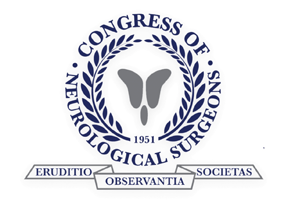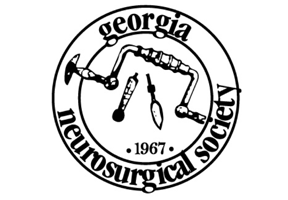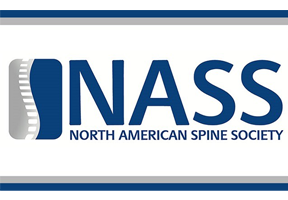If you are experiencing back pain, head pain, nerve complications, or even abnormal neurological behaviors, you may have a condition affecting the spine or the brain. It’s crucial to understand what is occurring internally to cause these symptoms so your neurosurgeon can create a thorough treatment plan.
Advanced diagnostic imaging technology allows our doctors to take a noninvasive look at the body’s internal functions to evaluate problems and develop solutions.
Two exams that are often used to diagnose patients properly are the MRI and CT scan.
MRI
MRI, formally known as magnetic resonance imaging, offers a noninvasive look at the internal structures of any human body. Your surgeon can examine the state of your bones and the soft tissues that go undetected in X-ray imaging. Your surgeon may order an MRI to evaluate:
- Organs
- Bones
- Muscles & blood vessels
- Joints
- Spinal discs
What to Expect from an MRI Procedure
Patients should arrive at their MRI appointment without any piece of metal on their person. Metal jewelry, hairpins, buttons, clasps, snaps, eyelets, or any other metal piece must be removed before the scan can begin.
With metal-less clothing on, the patient typically lies on their back on a cushioned table which enters the MRI machine at the start of the scan. Depending on the size of the scanned area and the number of images needed, the exam can take between 15 minutes to 2 hours. For the best results, the patient must remain still on the table for the duration of the scan.
CT Scan
A CT scan, also known as a computerized tomography scan, is a detailed series of X-ray images taken from various angles. Through computer processing, these images create cross-sectional images, or slices, of the area being scanned. CT Scans are often used to see complications like:
- Blood clots
- Bone fractures
- Cancers
- Heart, lung, or liver diseases
- Internal bleeding
- Internal injury
- Muscle disorders
- Tumor development
What to Expect from a CT Scan Procedure
Similar to MRI preparation, patients should arrive at their CT scan appointment wearing metal-less clothing, no metal jewelry, and no metal hairpins. Patients with hearing aids, glasses, or metal-based dentures must also remove these items for the duration of the exam.
In some cases, a CT scan will require the patient to receive a contrast material first to help show blood vessels or highlight specific tissues and organs within the scanned area. The contrast can be applied:
- Orally – the patient will drink a liter of water with contrast material added to highlight the digestive system.
- Intravenously – the patient will receive an IV with iodine-based contrast material to highlight blood vessels.
- Rectally – the patient will receive a contrast enema to highlight the colon.
Whether contrast is applied or not, the patient will lie on a cushioned table that will enter the CT machine. The scan can take 15-90 minutes to complete, depending on whether contrast material is used and depending on the area being scanned. For the best results, the patient must remain still on the table for the duration of the scan.
The skilled technologists at Georgia Neurological Institute’s diagnostic imaging facility in Macon, GA, provide thorough MRI and CT scans for our patients.
At GNI, our practice offers faster test results, fewer office visits, assessment consistency, and faster follow-up imaging after an operation. If you’re concerned about any aspect of your brain or spine, let our team perform thorough imaging and create a trusted action plan around our findings. Schedule a consultation with us today: 478-743-7092
Stay tuned for the second article in our 2-part series about diagnostic imaging:
- Diagnostic Imaging: What to Expect from an MRI and CT Scan
- Diagnostic Imaging: What to Expect from an X-Ray and Myelogram







